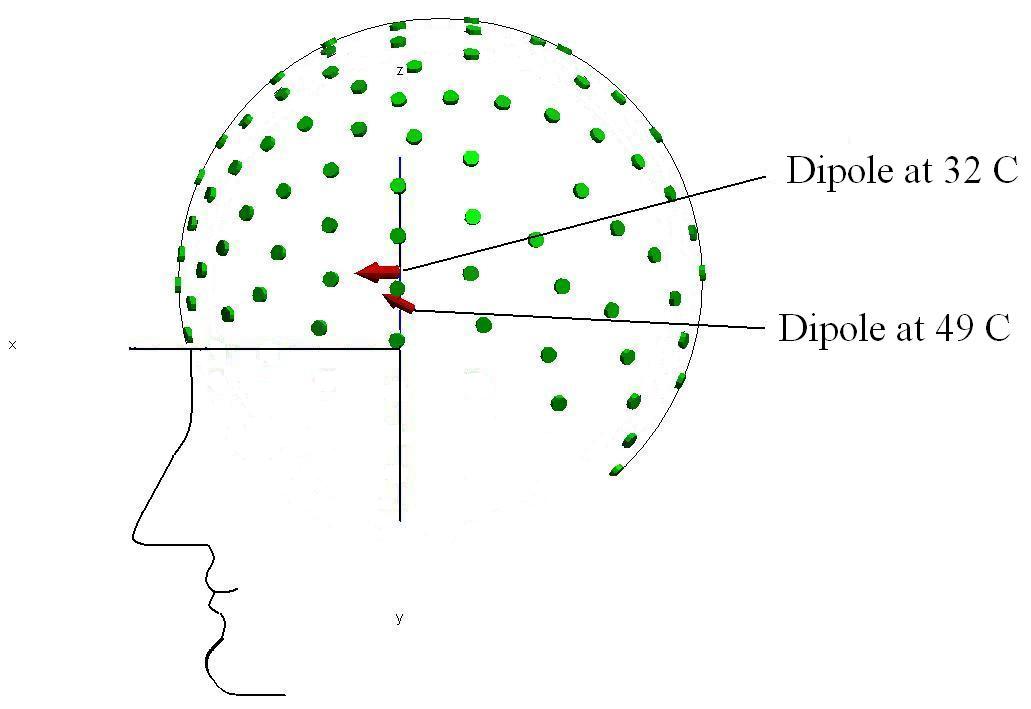ABSTRACT: 0494
Functional Imaging of CNS Regulatory Processes
| A. CHORAK1, S. FOLGER2, S. SMITH1, and G. ESSICK1, 1University of North Carolina, Chapel Hill, USA, 2Elon University, NC, USA |
Objectives: The mechanisms underlying persistent musculoskeletal pain are poorly understood. A contemporary hypothesis is that the central nervous system (CNS) does not regulate touch and pain information for these patients as for pain-free individuals. To evaluate this possibility, we developed an experimental approach using EEG for studying CNS regulatory processes, and are studying how noxious (painful) thermal stimulation alters the cortical response to tactile (non-painful) stimulation. Methods: The time-dependent interactions in the activities of brain regions signaling touch versus pain were studied. EEG was recorded continuously and each trial consisted of 4 seconds of concurrent vibrotactile stimulation (26 Hz) on the digit2 finger pad and thermal stimulation (32şC or ~49şC) on the dorsum of the hand. The subject was instructed to pay attention to either the vibration or the noxious heat. The multichannel EEG data was segmented, visually inspected for artifact, bandpass filtered (20-50Hz), and cross-trial averages were calculated separately for vibration/heat-pain and vibration/32şC trials. The average data was converted to the frequency domain and the frequency following response (FFR; i.e. the spectral peak at the vibrotactile stimulus frequency) was measured. FFR topography maps were evaluated and frequency domain inverse source modeling was used to estimate single dipole sources for each condition. Results: To date, we have studied pain-free subjects, each during 4 different recording sessions. The modeling demonstrated a dipole shift during the stimulation with noxious heat. The figure below demonstrates the dipole shift in one subject. Conclusion: In pain-free individuals, the application of noxious heat alters the manner in which tactile stimulation is processed by the cortex, reflected as a shift in the location of the frequency following response. Data will be presented to compare the shift in patients with temporomandibular disorders and pain-free individuals. Supported by NINDS P01 NS045685. |
| Seq #75 - Student Abstracts 2:45 PM-3:45 PM, Thursday, April 3, 2008 Hilton Anatole Hotel Trinity I - Exhibit Hall |
©Copyright 2008 American Association for Dental Research. All Rights Reserved.
